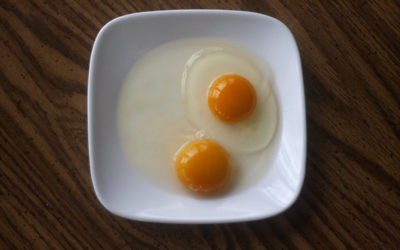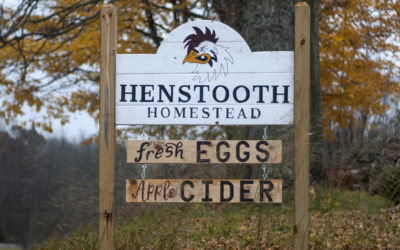Sweet Sap
the first harvest of the yearSap starts flowing when daytime temperatures are above freezing and night temps dip below freezing. This causes the tree to expand and contract, allowing sap to flow freely. You can tap a variety of trees from silver maples to walnut and birch. This year we tapped exclusively sugar maples, due to our already tight timeline prepping the apple orchard, blueberry field and starting seeds for the CSA season.
I think maple syrup has this connotation surrounding it that unless you have a long family tradition of tapping trees, a sugar shack or fancy evaporator, it’s out of the realm of possibilities. You couldn’t be more wrong. With a little know how anything is possible and in the case of sap, all you’re really doing is evaporating the water.
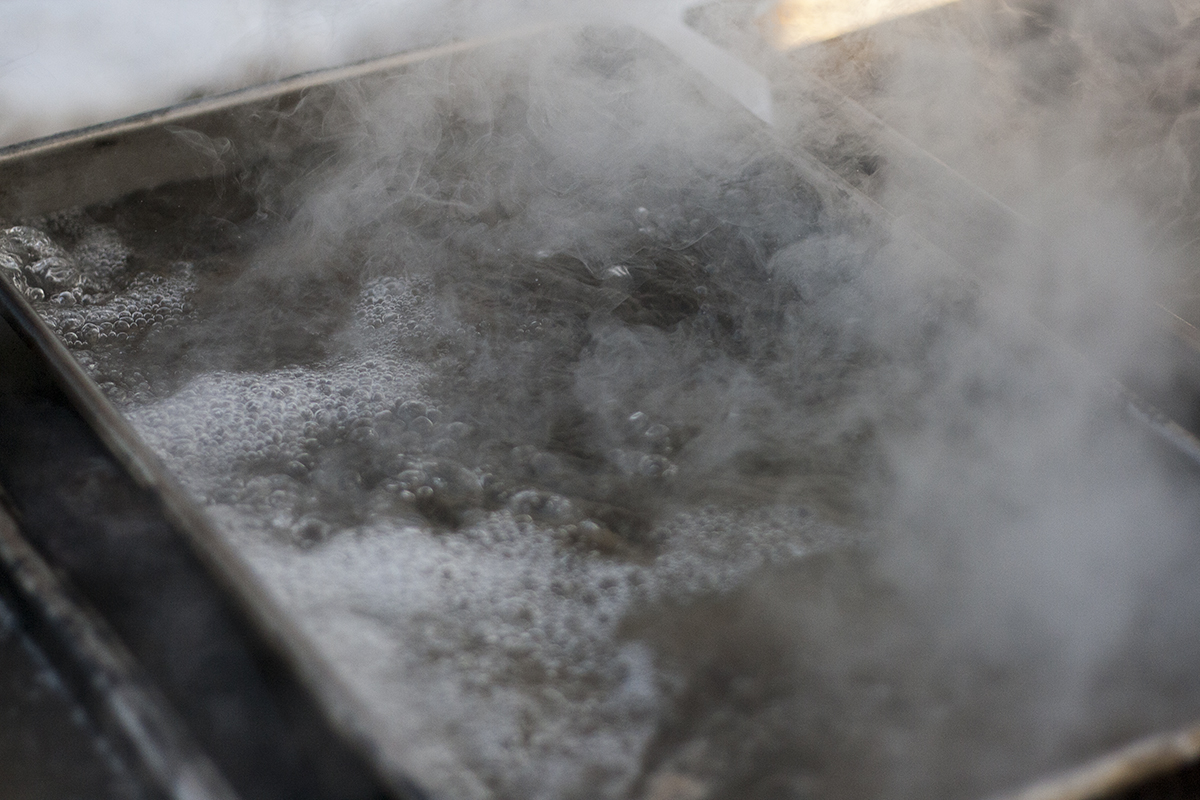
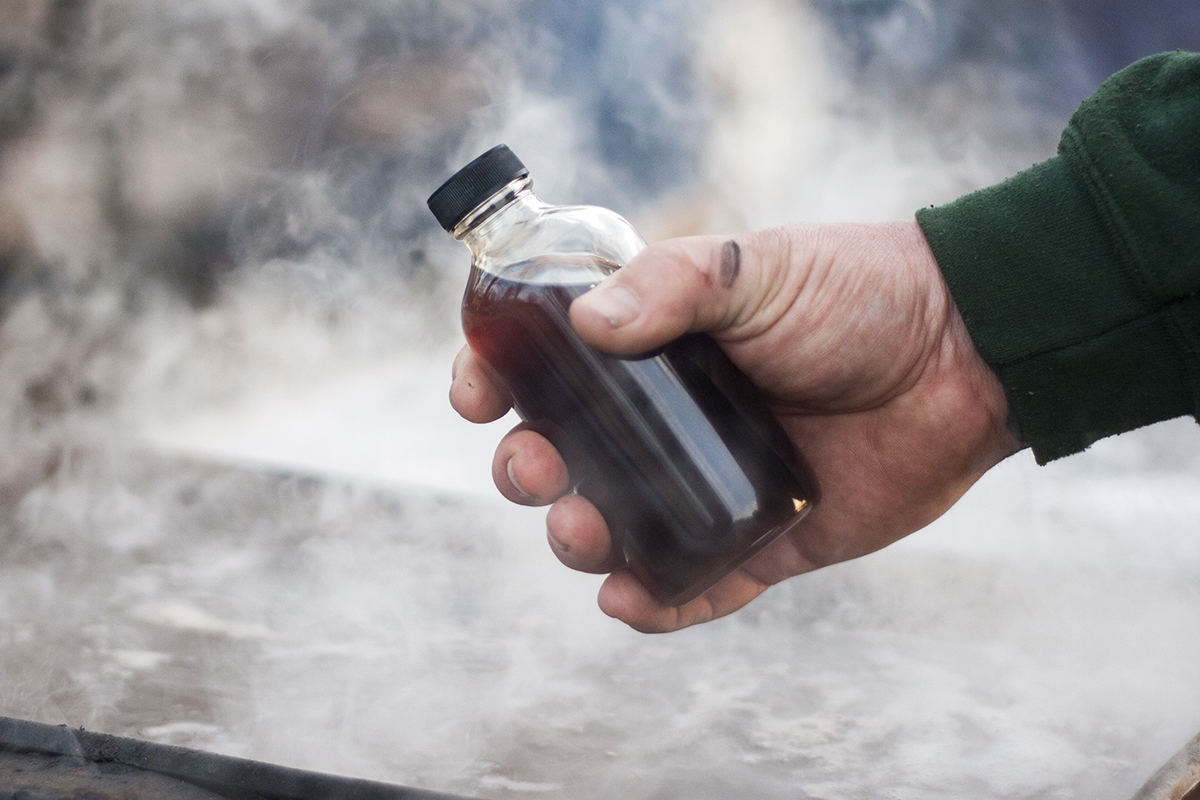
We tap our trees with plastic taps and tubing, we purchased from a maple supply store for less than $100. The sap runs into 5 gallon bucks we scored for free by asking local fast food stores for their pickle and frosting buckets. The boiler we use, Rich made from two steel 55 gallon drums, welded together with a door for loading wood on one end and a pipe out the back to act as a chimney. We use two 6” steam pans as warming station where they sit closest to the chimney, and two 4” pans (like these Winco SPF4 4-Inch Pan, Full) closest to the fire to boil down sap. As sap evaporates keep ladling it up from the back towards the front through the various stages of pans. A slab of lard will keep the foaming down, so the pans don’t boil over – a real sticky mess to get yourself into, and soon the bottom of the first pan will disappear and the sap with thicken to syrup. We filter our syrup, moving it to the stove in the house to finish cooking it down to just 7 degrees over water’s boiling point. Filter it a final time to remove any remaining sugar sand or impurities, and you my friend, have maple syrup.
When you take pride in your product you fuss over every detail. As sap starts turning to syrup in its final stages, Rich starts making grunts, pacing the kitchen in anticipation of hitting our final temp. He claims he can hear the change, and that’s how he knows it’s ready to bottle. I cook enough to know he’s not completely crazy.
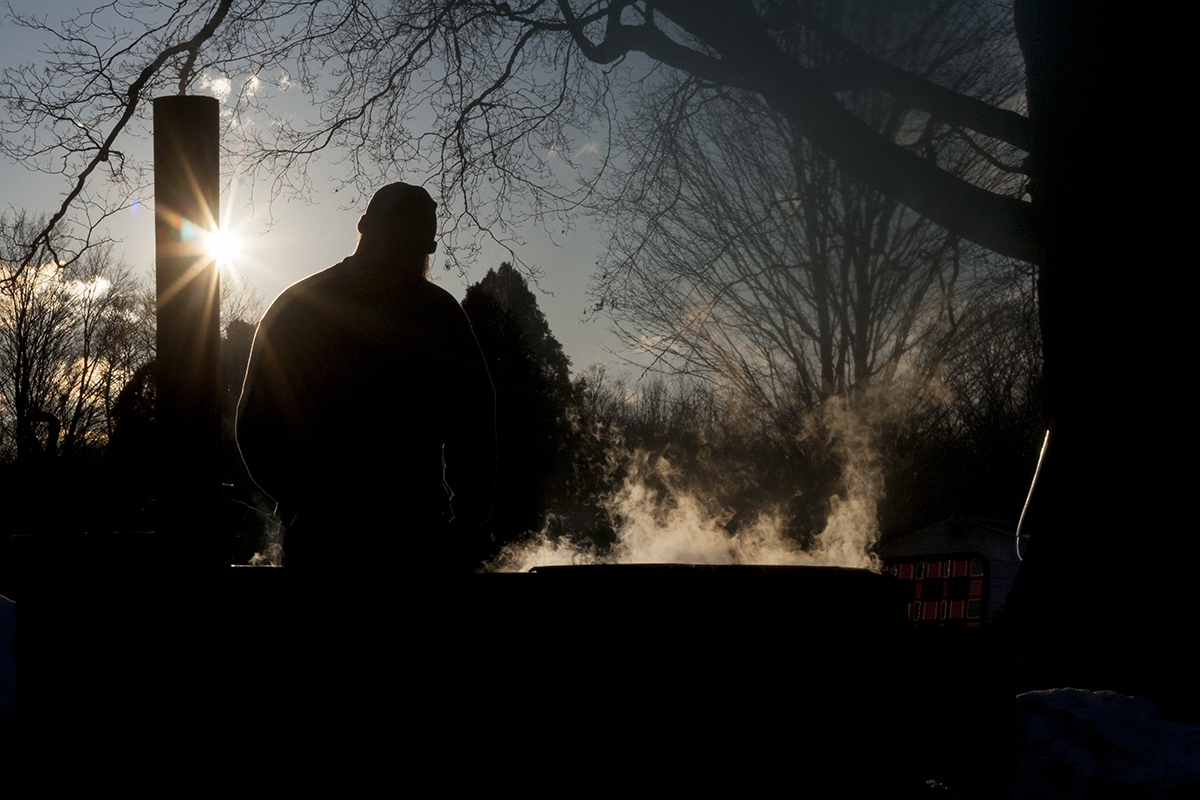
Our neighbors honk and wave, some with tanks in the back of their trucks as they harvest their own maple sap. Out-of-towners, awkwardly gawk at the smoking barrels we huddle around to stay warm. Friends stop over to see how productions going, give us hand-me-down equipment books to dream over, and some just like to shoot the shit over sweet steam and a cold beer.
It’s a community. One that’s itching with cabin fever from a long winter, and one that knows if you stop over again you might just be put to work. Sap is our first harvest, and the kick off to the long farm season ahead of us. Not a bad way to start the season either, as we’ve more than quadrupled our syrup production from last year. Overall we were better adept and prepared, but mostly the weather was in our favor. We tapped trees February 12 when the snow was still 18” high, and finished our run March 21st in the middle of mud season.
You may have missed the season this year, but we hope you’ll join us next year. Until then grab yourself some pure wood fired, small batch, Michigan Maple Syrup. Bottled, labeled, capped and ready to top your stack of flapjacks, sweeten your salad dressing or caramelize those crisp fall fruits.
Recently Published
Water Glassing Egg Preservation
Looking to preserve your eggs for use thorughout the winter season? Water Glassing Eggs will keep your fresh eggs for up to 1 year!
Spring Chickens
The countdown to Spring is well underway for farmers, homesteaders and all those anticipating a new batch of chicks! If you’re new to raising baby chicks, most choose to purchase them in the Spring when temperatures begin to rise. This period makes brooding easiest...
A Letter To Our Homestead – 2018
Dear Homestead, Reflecting on 2018 is an arduous task. Our word of the year was coined early on as Mornicopia. It’s that weird place between mourning and coping -- you can read more about that here. In fact, I contemplated not writing our year end post, but it’s only...

